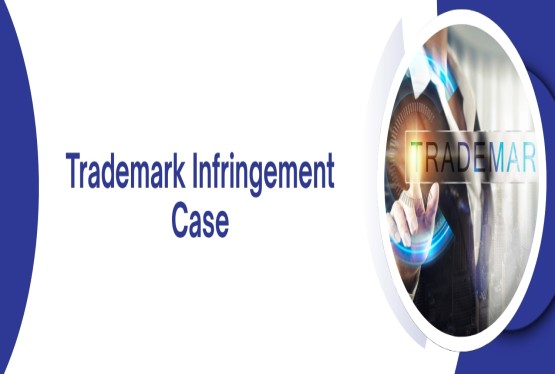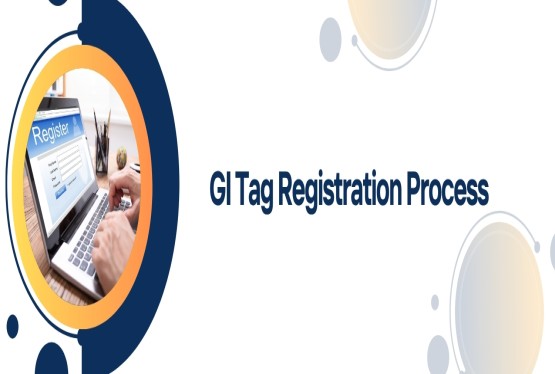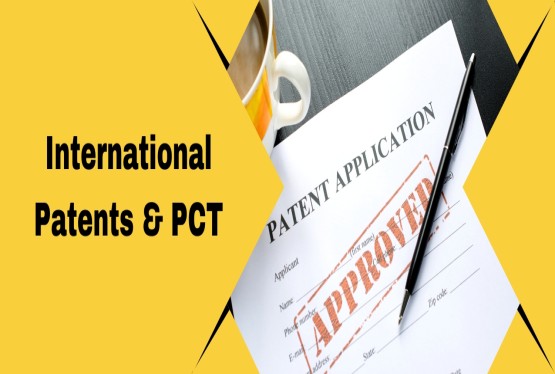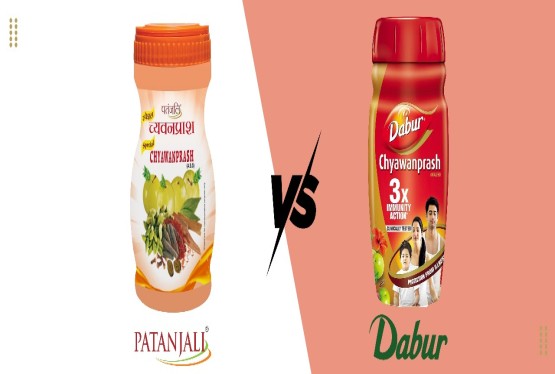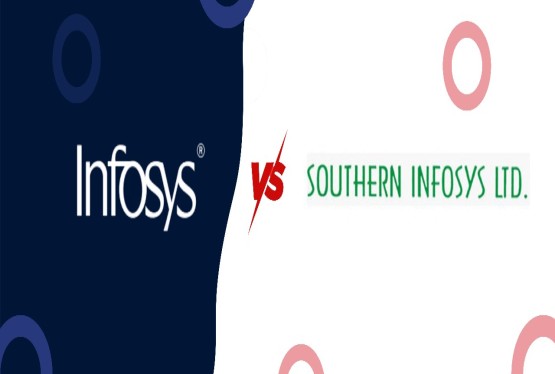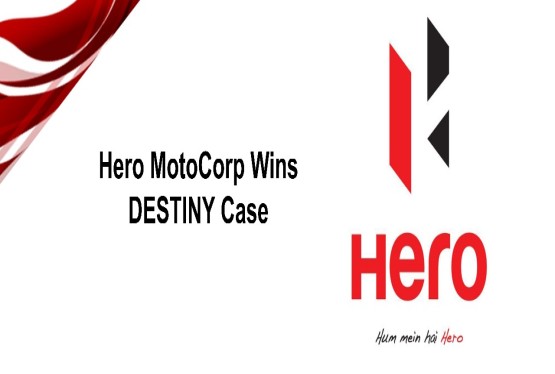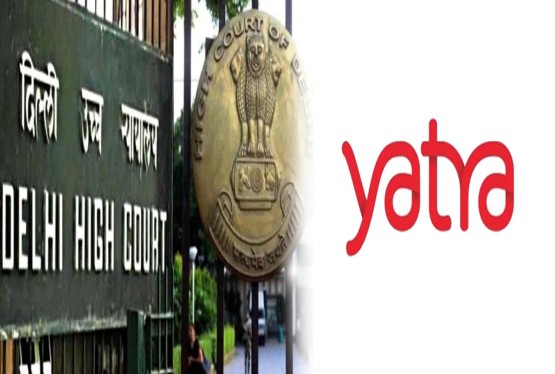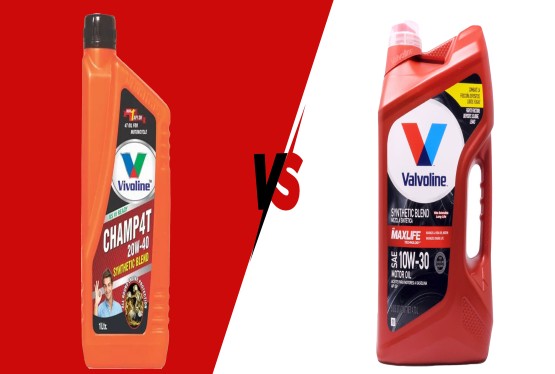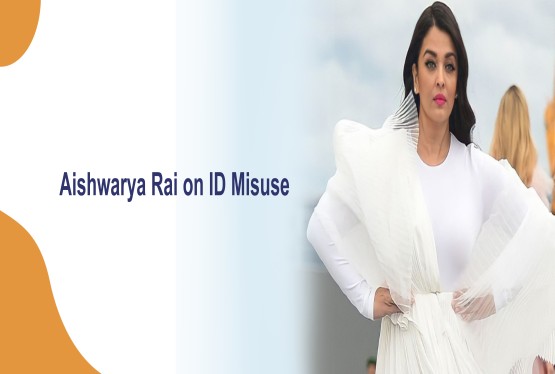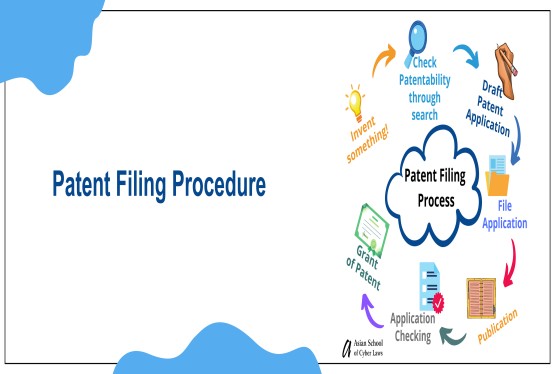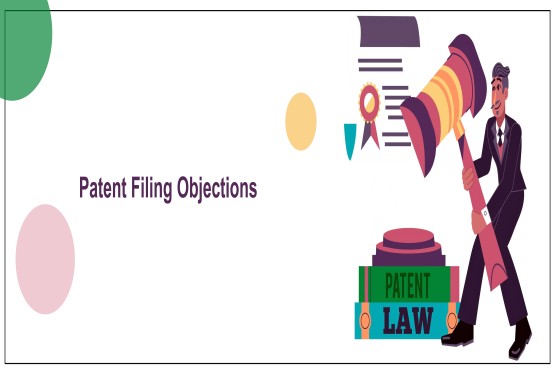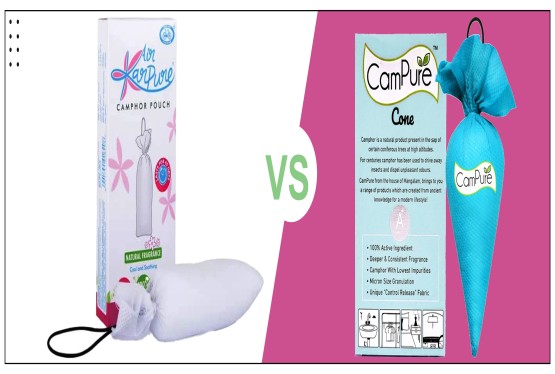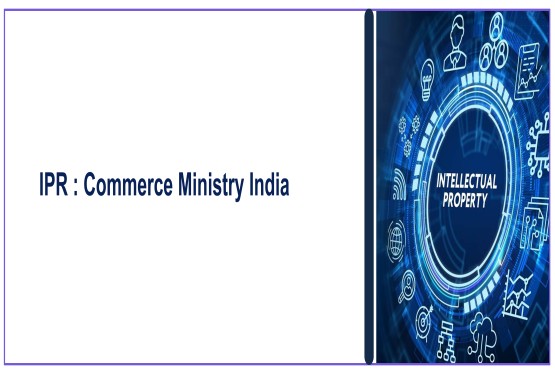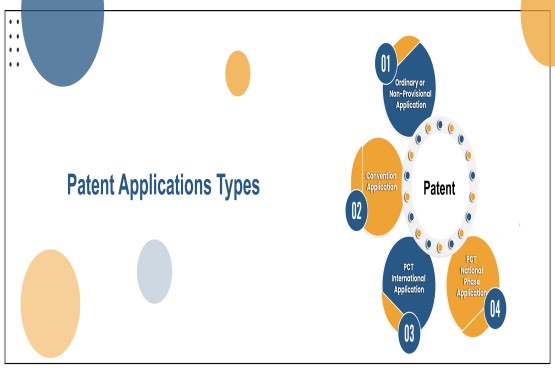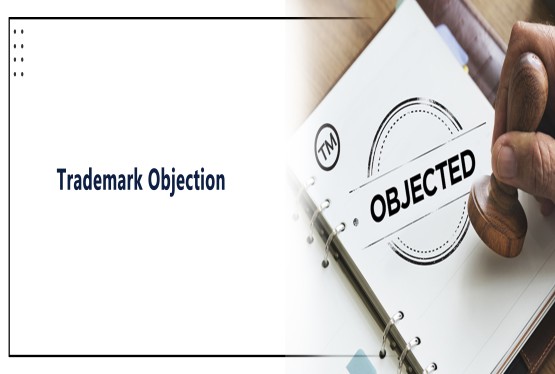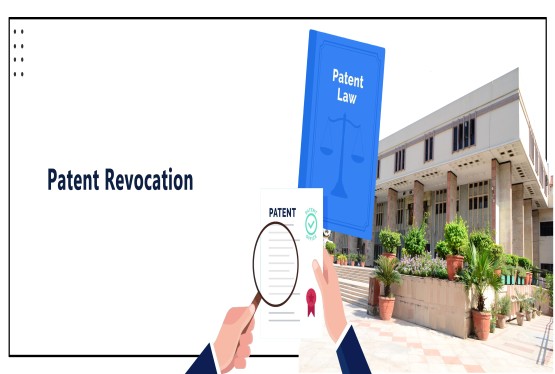Registration of trademark applications in India can be a great way for start-ups to build Intellectual Property (IP) and protect their brand and create a niche for the product in the market. A trademark can be a unique symbol, word, phrase, or design that distinguishes a company's products or services from one another which are existing in the market. By registering a trademark, a startup can prevent others from using a similar mark in a way that could confuse consumers and dilute the startup's brand recognition.
Just an example of a brand name that creates a niche for the product is "Fitbit."
Fitbit is a brand of fitness trackers and smartwatches that has become well-known for its accurate tracking and user-friendly interface. The name "Fitbit" combines the words "fit" and "bit," emphasizing the product's ability to track and monitor fitness metrics like steps taken, calories burned, and heart rate. The name "Fitbit" creates a clear niche for the product, positioning it as a tool for fitness enthusiasts who want to monitor their activity and progress toward their fitness goals. This niche has helped Fitbit to differentiate itself from other smartwatch brands and attract a dedicated following of fitness-minded customers. Additionally, by creating a memorable and catchy brand name, Fitbit has been able to establish itself as a leader in the fitness wearables market and build a strong brand identity.
Trademark Registration is handled by the Controller General of Patents, Designs, and Trademarks.
In a simple manner, if we say that once a trademark application is filed, it will be examined to ensure that it meets all the requirements for registration. If the application is accepted, the trademark will be published in the Trade Marks Journal for public opposition. If there are no objections raised during the opposition period, the trademark will be registered and the startup will have exclusive rights to use the mark in India.
Globally to protecting a startup's brand, a registered trademark can also be a valuable Intellectual asset or property for the Company/Individual that can increase the startup's value and help it secure funding/Investment/partnerships. Hence, the Registration of trademarks in India can be a smart move for any startup looking to establish a strong presence in the market and protect their intellectual property.
Most importantly in Brand Registration in India, The GOI has taken several steps to help startups protect their brand in the market by-
-
Simplified the process of trademark registration and reduced the fees for startups to encourage them to protect their brand. Startups can avail of a 50% rebate on trademark registration fees compared to other entities if registered under DPIIT or MSME. Further, the government has also launched an online trademark filing system to make it easier and faster for startups to apply for trademark registration.
-
Set up IPFCs (Intellectual Property Facilitation Centres) in partnership with various state governments and academic institutions to provide startups with legal and technical assistance in the area of intellectual property rights (IPR) protection. These centers offer services such as patent and trademark filing, copyright registration, and legal advice.
-
Established a “Startup India Hub” to provide startups with legal support and advice on various issues, including IPR protection. The hub offers a wide range of services, including access to legal experts, mentors, and investors.
-
Set up a fund of Rs. 10,000 crores to support startups. The fund provides financial assistance to startups for various purposes, including protecting their brand through trademark registration and other IPR-related activities.
-
Launched several awareness campaigns to educate startups on the importance of IPR protection. These campaigns aim to create awareness among startups on the various types of IPRs, their importance, and the steps they need to take to protect their brand.
As of date, the Indian government has taken several initiatives to support startups in protecting their brand in the market. Startups can take advantage of these initiatives to secure their intellectual property rights and establish a strong brand identity in the market.
Compliance Calendar have summarised the process of brand registration in India in a very easy manner.
Startups can protect their brand in India by filing a trademark application. For registration of a Trademark in India, startups should follow the steps outlined in the previous answer. In addition, it is important to ensure that the trademark is not already registered or being used by another business in India. Conducting a comprehensive trademark search is recommended before filing the trademark application to avoid potential legal issues in the future. It is advisable to seek the assistance of a trademark attorney or agent to ensure compliance with all legal requirements and to help navigate the application process. Trademark applications should be filed based on the activity or class of goods or services for which the trademark is being used. In India, the Trade Marks Act, of 1999, There are a total of 45 trademark classes recognized by the Indian Trademark Law.
How to choose first a most desirable Brand Name to make it unique?
-
A good startup brand name present in unicorn is "Airbnb." The name is a combination of "air" and "bed and breakfast," which accurately reflects the company's initial focus on short-term home rentals. The name is catchy, easy to remember, and distinctive, making it easy to differentiate from other travel and lodging companies. Furthermore, the name has become synonymous with the concept of short-term vacation rentals, helping Airbnb to establish itself as the dominant player in this market. It has also proven versatile, allowing the company to expand into other areas such as experiences and luxury accommodations. Airbnb is now valued at over USD 100 billion, making it one of the most successful startups in history, and its name has played a significant role in its success.Choosing the brand name which is most desirable and unique can be a challenging task for any startup/Individual, but yes there are several things to do for high chances of success in getting the Best Brand– Before you start brainstorming name ideas, you need to have a clear understanding of your brand's values, personality, and target audience in the market.
-
Start by generating a list of potential name ideas. Try to come up with as many options as possible, without filtering anything out at this stage.
-
Once you have a list of potential names, research each one to ensure that it is not already in use by another company. This includes checking for domain name availability, social media handles, and trademark availability.
-
Before you make a final decision, test your top name choices with your target audience. This can be done through surveys, focus groups, or other feedback methods.
-
Based on your research and feedback, choose a name that is both desirable and unique. It should be memorable, easy to pronounce, and reflective of your brand's values and personality.
Remember that your brand name will play a crucial role in the success of your business, so take the time to choose a name that you and your target audience will love.
These classes are divided into two main categories-
1. Goods are classified under Classes 1 to 34,
2. Services are classified under Classes 35 to 45.
If the trademark is being used in connection with goods, such as a physical product, it must be registered under the appropriate class of goods.
-For example, if any start-up is selling clothing, it would apply for trademark registration under Class 25, which covers clothing, footwear, and headgear.
Similarly, if the trademark is being used in connection with services, such as consulting or software development, it must be registered under the appropriate class of services.
-For example, if any startup is providing software development services, it would apply for trademark registration under Class 42, which covers scientific and technological services, and research and design relating to software development.
It is important to ensure that the trademark application is filed under the correct class of goods or services to ensure that it is adequately protected. Filing the trademark application in the wrong class could result in the trademark being rejected or limited in its protection. Therefore, it is recommended to seek the assistance of a trademark attorney or agent who can advise on the appropriate class for the trademark application.
There are numerous ways to protect your brand in India which most effective ways are:-
-
Register your trademark/Brand name: Registering your trademark with the Indian Trademark Office is the most effective way to protect your brand in India. It gives you the exclusive right to use your brand name and logo for the goods or services covered by your trademark. Registering your trademark can help prevent others from using a similar or identical mark, and it provides legal remedies if someone infringes on your trademark.
-
Monitor the filed trademark/Applications: Monitor the marketplace for any unauthorized use of your trademark. This can be done through regular searches of trademark databases, social media platforms, and other online sources. You can also consider hiring a trademark monitoring service to keep an eye on potential infringements.
-
Protect your domain name: Register your brand's domain name and other relevant online assets, such as social media accounts, to prevent others from using them.
-
Use non-disclosure agreements: Use non-disclosure agreements when sharing sensitive information about your brand or products with third parties to prevent them from using the information for their own purposes.
-
Consider registering copyrights: If you have original creative works, such as a website, marketing materials, or product designs, consider registering them as copyrights with the Indian Copyright Office to protect your intellectual property rights.
-
Use trademark symbols “TM” or “R”: Use the TM symbol for unregistered trademarks and the ® symbol for registered trademarks. This can help alert others that your brand is protected and deter potential infringers.
-
Enforce your trademark rights: If you discover that someone is using your trademark without authorization, take immediate action to enforce your rights. This can include sending a cease-and-desist letter, filing a complaint with the Indian Trademark Office, or taking legal action.
-
Maintain your trademark registration: To maintain your trademark registration, you need to renew it every 10 years. Failure to renew your registration can result in the loss of your trademark rights.
-
Educate your employees: Educate your employees about the importance of trademark protection and how to identify potential trademark infringements. This can help prevent inadvertent infringement and ensure that your employees are vigilant in protecting your brand.
By taking these steps, you can help protect your brand in India and maintain the exclusivity and distinctiveness of your trademark-
-
Trademark registration provides legal protection against unauthorized use of the brand name, logo, or other distinctive elements of the brand. It gives the startup the right to take legal action against anyone who infringes on their trademark.
-
Trademark registration helps startups to establish brand recognition and create a distinct identity in the marketplace. It can also prevent confusion among consumers who may mistake the startup's brand with that of a competitor.
-
Trademark registration can add value to a startup's business by creating an intangible asset that can be licensed, sold, or used as collateral for financing.
-
Trademark registration in India can also serve as a basis for obtaining trademark protection in other countries through international treaties and agreements.
Mode of filing TM Application for use of TM with brand Name-
TM-A is the application form used to file a trademark application in India. The form TM-A is an application that can be submitted online through the Indian Trademark Office website (https://ipindiaonline.gov.in/) or in person at one of the five regional trademark offices located in Delhi, Mumbai, Kolkata, Chennai, and Ahmedabad subject to the jurisdiction falling.
The online process to file a TM-A application form for trademark registration in India involves the following steps:-
-
Visit the official website of the Indian Trademark Office (https://ipindiaonline.gov.in/).
-
Click on the "Trademark" tab and select "Trademark e-filing" from the drop-down menu.
-
Register on the website by providing your email ID and creating a password.
-
Fill in the TM-A application form online with all the necessary details, including the trademark details, the applicant's details, and the details of goods or services for which the trademark is to be registered.
-
Upload the trademark image in JPEG Format and any other necessary documents in the prescribed format and size.
-
Pay the requisite fee online using a credit/debit card or net banking.
-
Submit the application online .Once the application is submitted, the applicant will receive an acknowledgment receipt with a TM Application number.
-
If the Application filed with Logo/Device will be "sent to viennafication code." "Viennafication"
-
The application will then be examined by the Trademark Registrar to determine if the trademark is eligible for registration.
-
If there are no objections, the trademark will be advertised in the Trademark Journal.
-
If within 120 days from the date of publication, no any oppositions received so far then mark will be get Registered.
-
The trademark will be registered and can be used as “R”, and a registration certificate will be issued.
-
Trademark Filing (TM-A) fee for filing a trademark application varies depending on the type of applicant, the number of classes of goods or services covered by the trademark, and the mode of filing (online or physical filing).
The current fee structure for trademark registration in India is as follows:-
1. For individual/Startups-DPIIT/Small Enterprises-MSME:
• Online filing: Rs. 4,500 each class of goods or services covered by the trademark
• Physical filing: Rs. 5,000 each class of goods or services covered by the trademark
2. For other entities:
• Online filing: Rs. 9,000 each class of goods or services covered by the trademark
• Physical filing: Rs. 10,000 each class of goods or services covered by the trademark
It is important to note that these fees are subject to change, and the current fees should be confirmed with the Indian Trademark Office before filing the trademark application. Additionally, fees may also apply for other services such as trademark search, expedited examination, and renewal of the trademark registration.
Here is the step-by-step process to apply for a trademark in India-
The process from Registration of Trademark to getting an “R” (registered) in India involves various process stages like some listed below-
-
Trademark search: Conduct a trademark search to ensure that your trademark is unique and not similar to any existing registered or pending trademarks. You can conduct a search online through the Indian Trademark Office website.
-
Choose the Applicable trademark class: Determine the appropriate trademark class for your goods or services. There are 45 different classes of goods and services recognized by the Indian Trademark Office.
- Prepare the TM application: Prepare the trademark application with the required information, including the applicant's name and address, details of the trademark, the trademark class, and the goods or services covered by the trademark.
- Online Filing of TM application: The first step is to file the TM application with the Indian Trademark Office either online or offline using the TM-A application form. The application must include all the necessary details, including the trademark image, class of goods or services, and the applicant's details.
- Marked for Exam/Application review by the Trademark Department: The Indian Trademark Office will review the application to ensure it complies with the formalities and legal requirements. If the application is deficient in any way, the office will issue an examination report stating the reasons for refusal.
- Examination of TM application: After the TM application is filed, it undergoes examination by the Trademark Registrar to ensure that it complies with all the requirements for registration. The Registrar may issue an objection if there are any discrepancies or if the trademark is similar to an existing registered trademark.
- Response to the objection: If an objection is raised, the applicant is given an opportunity to respond to the objection and make any necessary changes to the application.
- Publication in the Trademark Journal: Once the trademark application is accepted, it is published in the Trademark Journal for a period of four months. During this period, any third party can oppose the registration of the trademark.
- Opposition proceedings: If a third party opposes the registration of the trademark, the applicant is given an opportunity to respond to the opposition.
-
Registration of the trademark: If there are no oppositions, or if the applicant successfully responds to the opposition, the trademark is registered, and a certificate of registration is issued.
-
Publication of the trademark: Once the application is accepted, it will be published in the Trademarks Journal. The public has an opportunity to oppose the trademark during the 4-month opposition period.
-
Issuance of trademark registration certificate: If there is no opposition, or if the opposition is resolved in favor of the applicant, the Indian Trademark Office will issue a trademark registration certificate.
Conclusion:
A good trademark case is one where a company/Individual successfully defends its trademark against infringement by another party or where a trademark is successfully registered with the relevant authorities. Trademark laws in India protects the rights of businesses to use distinctive names, logos, and other symbols to distinguish their goods or services from those of others in the marketplace.
When choosing a name for a trademark, businesses typically consider a range of factors, including the uniqueness and distinctiveness of the name, the ease with which it can be recognized and remembered by consumers, and whether it is likely to cause confusion with existing trademarks or trade names. It's also important to ensure that the name is not already in use by another company or individual in the same industry or related industries.
Ultimately, the best name for any trademark will depend on the specific needs and goals of the Entrepreneurs, as well as the legal requirements for trademark registration in the relevant jurisdiction.
It is important to note that the entire process of registration a trademark in India can take between 12 to 24 months generally but that can be extended further depending upon the FIFO based method, depending on the complexity of the application and any objections or oppositions that may arise. Hence it is advisable to engage the services of a trademark attorney available at Compliance Calendar LLP to ensure that the application is filed correctly and all the necessary steps are taken to protect the trademark including before choosing a name for a trademark to ensure that it is legally defensible and meets all relevant requirements to avoid future Litigations.






























_(b)_of_the_Trademark_Act,_1999_(1)_crop10_thumb.jpg)


_crop10_thumb.jpg)





























_crop10_thumb.jpg)
_crop10_thumb.jpg)






_crop10_thumb.jpg)








_crop10_thumb.jpg)



_crop10_thumb.jpg)





























_crop10_thumb.jpg)

















_crop10_thumb.jpg)






_crop10_thumb.jpg)












































































































































_crop10_thumb.jpg)




































_crop10_thumb.jpg)












_crop10_thumb.jpg)













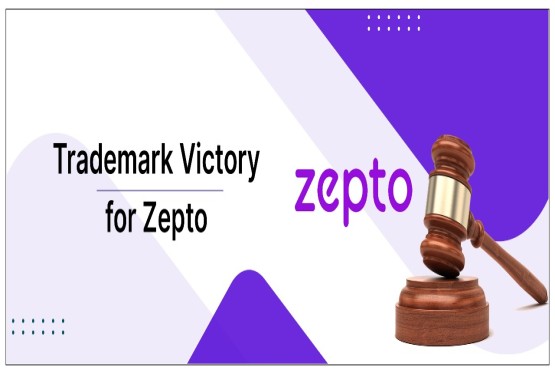




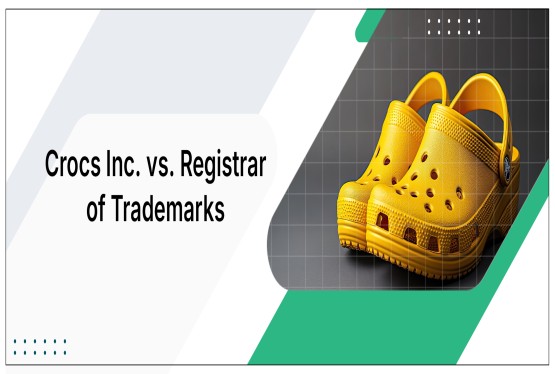




























_crop10_thumb.jpg)






